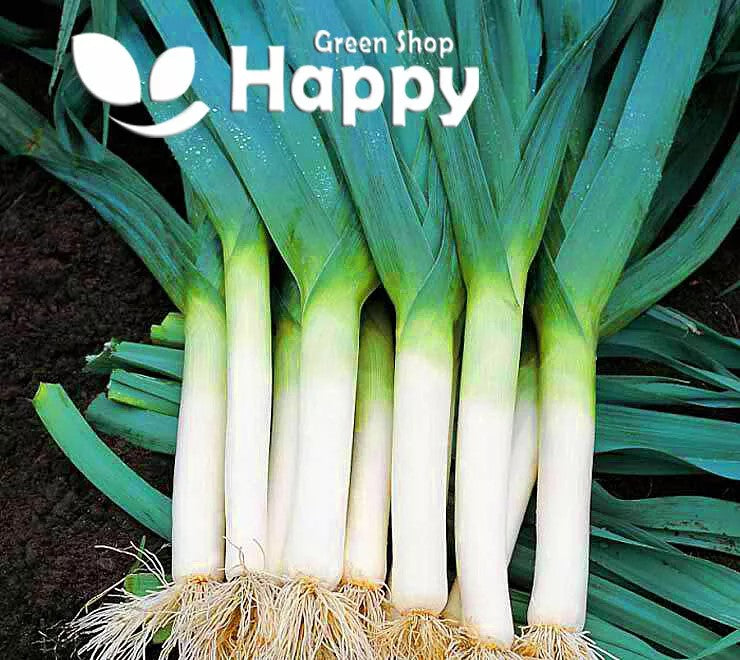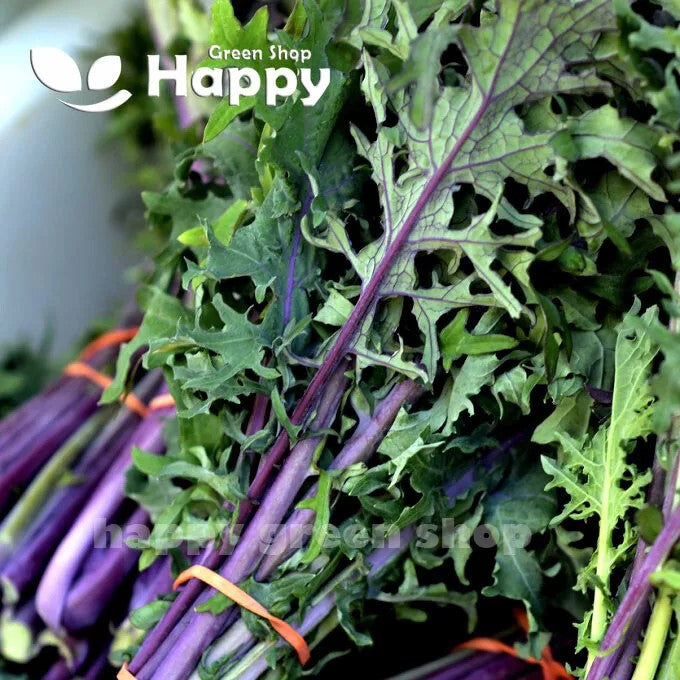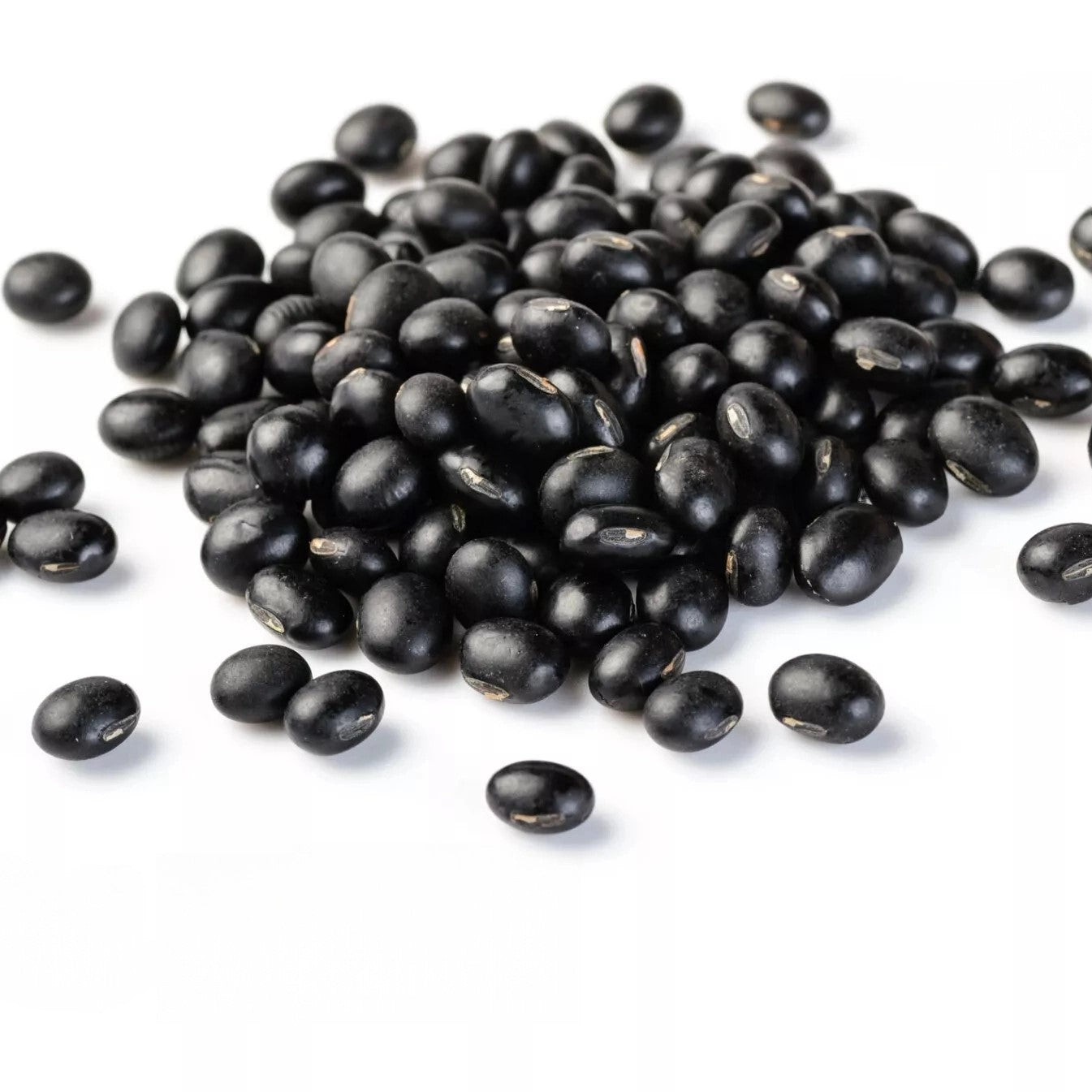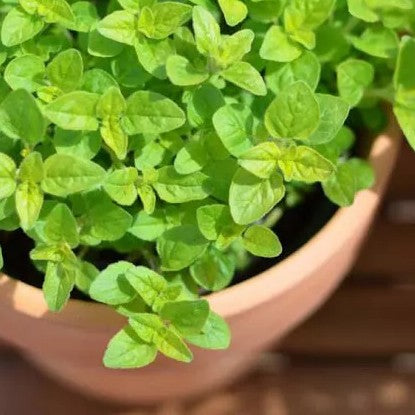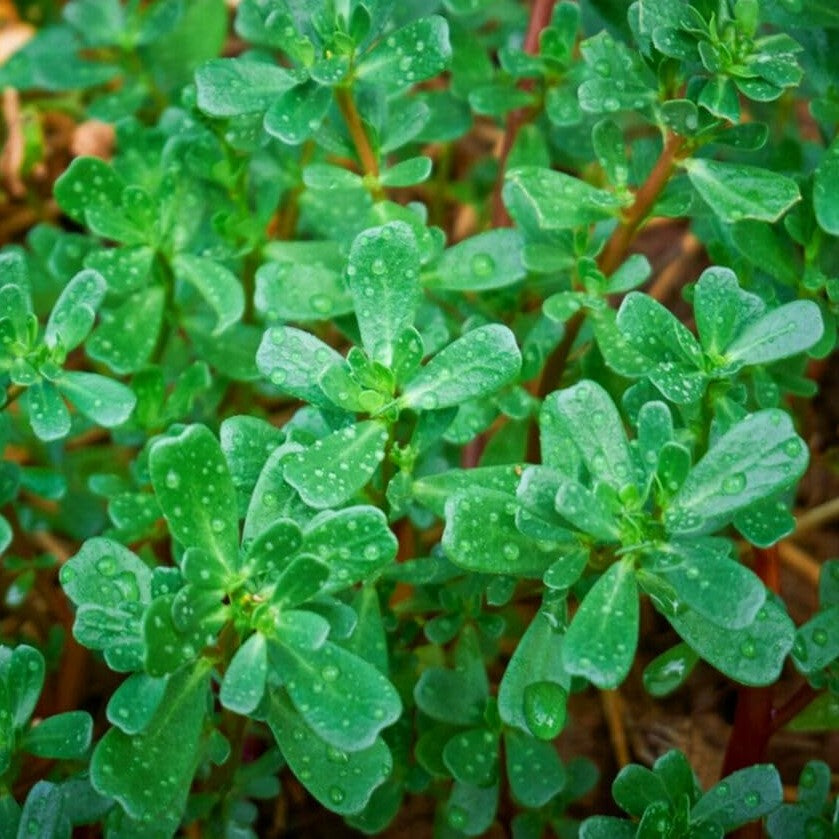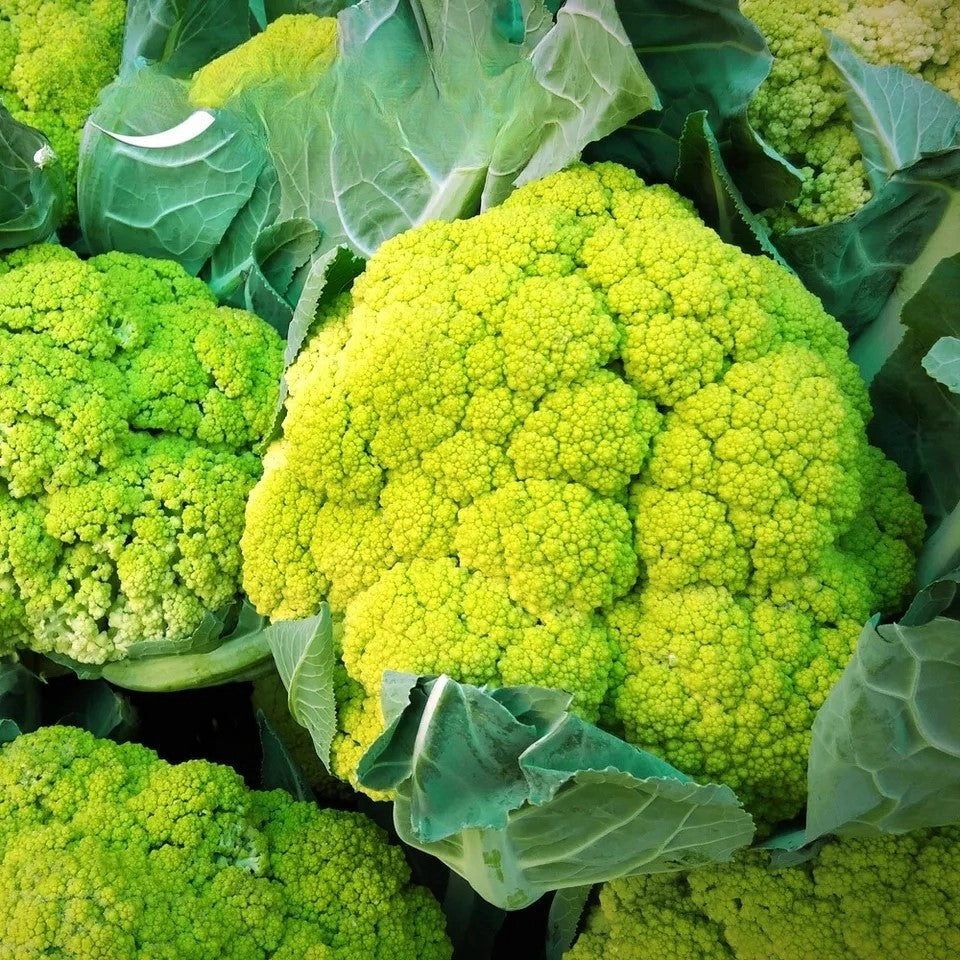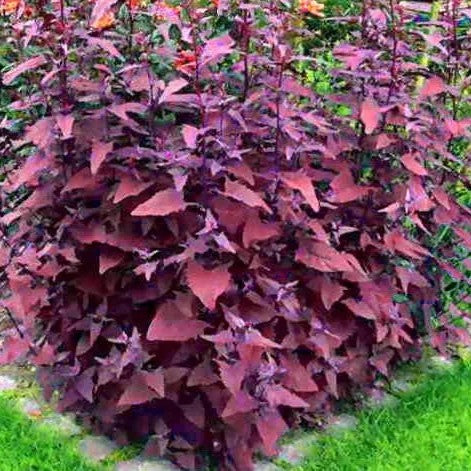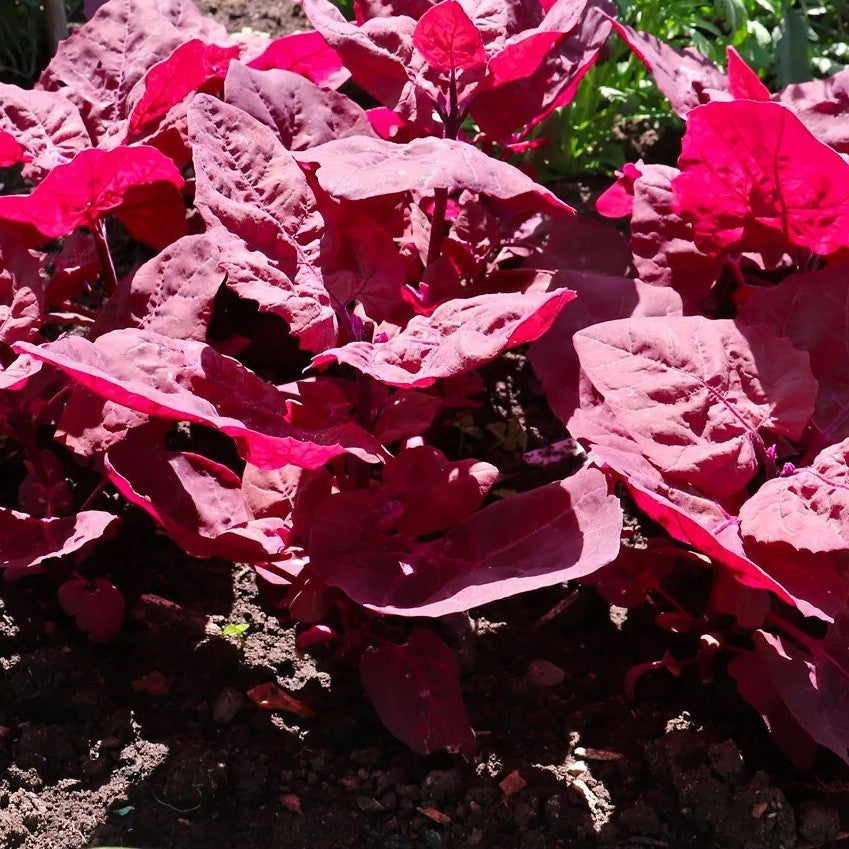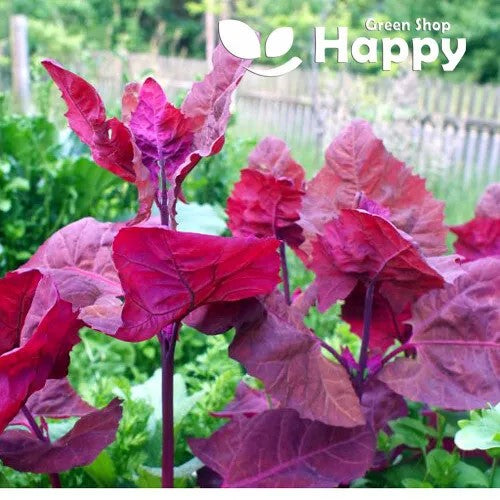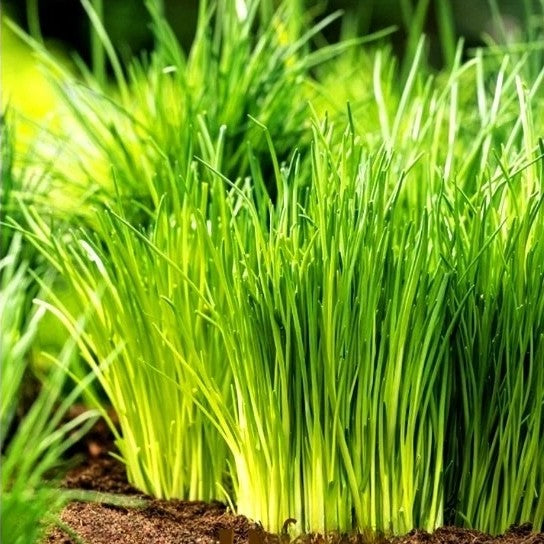Sort by:
97 products
97 products
Kale 'Red Russian' Seeds (Brassica oleracea)
Bring color and nutrition to your garden with Kale 'Red Russian', a hardy variety with tender, oak-shaped leaves flushed with purple-red veins. Sweeter and milder than many other kales, it’s perfect for salads, smoothies, steaming, and stir-fries. Cold-hardy and easy to grow, it thrives from early spring to late winter, providing a long season of nutrient-rich harvests.
How to Grow
-
Sow indoors in early spring or direct outdoors from spring to mid-summer.
-
Prefers fertile, well-drained soil in full sun or partial shade.
-
Sow 1 cm deep in rows 45 cm apart.
-
Thin or transplant seedlings to 40–50 cm apart.
-
Harvest young leaves for salads or allow plants to mature for larger leaves.
Key Features
-
Attractive purple-red veined leaves with tender texture
-
Mild, sweet flavor compared to traditional kales
-
Cold-hardy and reliable through autumn and winter
-
Perfect for cut-and-come-again harvesting
-
Nutrient-rich superfood, high in vitamins and minerals
Ideal For
-
Fresh salads and smoothies
-
Stir-fries, soups, and steaming
-
Year-round kitchen gardens
-
Gardeners seeking hardy, reliable greens
Sowing
-
Best time: March to July
-
Depth: 1 cm
-
Row spacing: 45 cm
-
Plant spacing: 40–50 cm
-
Harvest: From 6–8 weeks after sowing
Quick Tip
-
Harvest young leaves regularly to promote fresh growth and sweeter flavor.
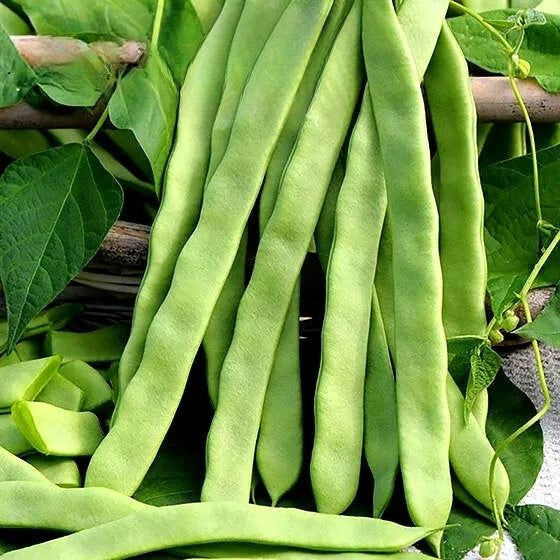
Italian Climbing Black Bean Super Marconi Grano Nero - 20 seeds (Phaseolus vulgaris)
£1.15
Unit price perItalian Climbing Black Bean Super Marconi Grano Nero - 20 seeds (Phaseolus vulgaris)
£1.15
Unit price perItalian Climbing Black Bean 'Super Marconi Grano Nero' – Seeds
(Phaseolus vulgaris) – Heirloom Italian Pole Bean
The ‘Super Marconi Grano Nero’ climbing bean is a traditional Italian variety known for its long, flat pods and striking black beans inside. Highly productive, vigorous, and climbing up to 2–3 meters, it requires staking or trellising. Its pods are tender and delicious when young, while the mature black beans can be dried and stored for hearty soups, stews, and traditional Italian dishes.
Key Features
-
Type: Climbing pole bean (annual legume)
-
Height: 200–300 cm with support
-
Pods: Long, flat, tender, up to 20–25 cm
-
Seeds: Black beans inside when mature
-
Harvest: 65–75 days from sowing
-
Special: Dual-purpose – eat fresh pods or dry beans
Ideal For
-
Fresh harvesting as flat green beans
-
Drying and storing beans for winter dishes
-
Italian and Mediterranean cuisine
-
Vertical gardening with trellises or poles
Sowing & Growing
-
Sow outdoors: May–July, once soil warms (min. 15°C)
-
Spacing: 50 cm between rows, 10–15 cm between plants
-
Support: Needs poles, netting, or trellis
-
Soil: Fertile, well-drained, rich in organic matter
-
Sunlight: Full sun
-
Watering: Consistent, especially during pod setting
Care Tips
-
Harvest young pods regularly to encourage continuous production.
-
Allow some pods to fully mature for drying black beans.
-
Rotate crops yearly to maintain healthy soil.
Sweet Marjoram – Seeds (Tender Perennial Aromatic)
Sweet Marjoram is a fragrant, tender perennial herb prized for its delicate, sweet flavor. Perfect for seasoning soups, sauces, salads, and roasted dishes, it adds a subtle aromatic touch to your culinary creations. Compact and easy to grow, Sweet Marjoram is ideal for garden beds, containers, and herb gardens.
How to Grow
-
Sow seeds indoors from February to April, lightly covering with soil.
-
Maintain 18–22°C until germination.
-
Transplant seedlings outdoors after the last frost in a sunny, sheltered spot.
-
Prefers well-drained soil and regular watering.
-
Trim regularly to encourage bushy growth and prevent flowering.
Key Features
-
Tender perennial aromatic herb
-
Sweet, delicate flavor for culinary use
-
Compact, bushy growth habit
-
Ideal for garden beds, containers, and herb gardens
-
Perfect for fresh use or drying
Ideal For
-
Flavoring soups, sauces, and roasted dishes
-
Gardeners seeking aromatic, easy-to-grow herbs
-
Kitchen herb collections and container gardening
Sowing & Harvest
-
Sow: February to April
-
Depth: Lightly covered
-
Harvest: May to October
Quick Tip
-
Regularly snip leaves to encourage fresh growth and prevent the plant from flowering too early.
Herb Sage – Seeds
(Salvia officinalis)
Herb Sage is a hardy perennial herb prized for its aromatic leaves and culinary versatility. Perfect for seasoning meats, soups, and sauces, its gray-green foliage also adds texture and fragrance to herb gardens. Easy to grow and drought-tolerant once established, it attracts pollinators and enhances both edible and ornamental plantings.
Why Grow Herb Sage?
-
Aromatic leaves for culinary and medicinal use
-
Hardy perennial, drought-tolerant once established
-
Attracts bees and pollinators
-
Adds texture and fragrance to gardens
Key Features
-
Type: Perennial herb
-
Height: 30–60 cm
-
Flowers: Blue-purple, late spring to summer
-
Position: Full sun
-
Soil: Well-drained, moderately fertile
Ideal For
-
Herb and culinary gardens
-
Pollinator-friendly plantings
-
Containers, borders, and rockeries
-
Perennial garden beds
Sowing & Growing
-
Sow indoors: February–April in seed trays
-
Sow outdoors: April–May directly in prepared soil
-
Germination: 14–21 days at 18–20°C
-
Spacing: 25–30 cm apart
-
Care: Moderate watering; prune after flowering to encourage fresh growth
Green Purslane – Seeds
(Portulaca oleracea sativa)
Green Purslane is a fast-growing, highly nutritious leafy vegetable known for its crisp texture and slightly tangy, lemony flavor. Packed with omega-3 fatty acids, vitamins, and minerals, it’s a popular choice for fresh salads, smoothies, soups, and stir-fries. This hardy annual thrives in warm, sunny spots and poor soils, making it an easy-to-grow, low-maintenance crop.
Why Grow Green Purslane?
-
Nutritious superfood rich in omega-3s & antioxidants
-
Succulent leaves with a refreshing, tangy taste
-
Quick-growing and drought-tolerant
-
Versatile in the kitchen: salads, soups, smoothies & sautés
Key Features
-
Type: Annual herb/leafy vegetable
-
Height: 15–30 cm
-
Harvest: 6–8 weeks from sowing
-
Position: Full sun
-
Soil: Well-drained, sandy or poor soils tolerated
Ideal For
-
Kitchen & herb gardens
-
Containers and small spaces
-
Healthy cooking & raw food diets
-
Easy, low-maintenance cultivation
Sowing & Growing
-
Sow outdoors: April–July, directly in soil after frost risk has passed
-
Sow thinly and cover lightly with soil
-
Germination: 7–14 days at 18–22°C
-
Thin seedlings to 15 cm apart
-
Harvest leaves regularly to encourage fresh growth
Green Cauliflower 'Verde di Macerata' – Seeds
(Brassica oleracea) – Traditional Italian Heirloom with Emerald-Green Heads
Cauliflower 'Verde di Macerata' is a classic Italian heirloom variety, famous for its attractive green heads and exceptional flavor. The medium-sized curds have a dense texture and a delicate, sweet, nutty taste, making them stand out from common white varieties. This cauliflower is ideal for both home gardens and gourmet cooking.
Key Features
-
Type: Biennial, grown as annual
-
Heads: Emerald-green, medium to large, dense curds
-
Flavor: Sweet, delicate, nutty
-
Harvest: Mid-season variety
-
Use: Fresh cooking, steaming, gratins, soups, freezing
Ideal For
-
Mediterranean-style kitchen gardens
-
Adding color & flavor to the plate
-
Traditional and gourmet recipes
-
Freezing for later use
Sowing & Growing
-
Sow indoors: February–April, transplant when seedlings are strong.
-
Sow outdoors: May–June for later harvests.
-
Planting distance: 45–60 cm apart in rows 60–70 cm apart.
-
Soil: Fertile, moist, well-drained soil enriched with compost.
-
Harvest: July–October, depending on sowing time.
Care Tips
-
Protect young plants from cabbage root fly and caterpillars.
-
Keep soil consistently moist for firm heads.
-
Use netting or fleece if pests are a problem.
Garlic Chives – Seeds (Allium tuberosum)
Garlic Chives are a hardy perennial herb prized for their mild garlic flavor and tender, flat green leaves. Perfect for enhancing salads, soups, stir-fries, and garnishes, these chives bring a fresh, aromatic touch to any dish.
Easy to grow and low maintenance, Garlic Chives thrive in garden beds, containers, or raised planters. They are also tolerant of colder climates and will return year after year with minimal care.
How to Grow
-
Sow indoors: February – April
-
Sow outdoors: March – May
-
Plant spacing: 20–25 cm between plants
-
Position: Full sun to partial shade
-
Soil: Fertile, well-drained soil enriched with compost
-
Care: Keep soil consistently moist; trim regularly to encourage fresh growth
Key Features
-
Hardy perennial with tender, flat green leaves
-
Mild garlic flavor ideal for salads, soups, stir-fries, and garnishes
-
Easy to grow and low maintenance
-
Suitable for garden beds, containers, or raised planters
-
Returns year after year with minimal care
Harvest
-
Harvesting period: 60–90 days after sowing
-
Snip leaves as needed; regular harvesting promotes continuous growth.
Short Tip
Trim regularly to prevent flowering and maintain tender, flavorful leaves throughout the season.
French Spinach - Purple spinach baby leaf - 450 seeds (Atriplex hortensis Orach)
£1.15
Unit price perFrench Spinach - Purple spinach baby leaf - 450 seeds (Atriplex hortensis Orach)
£1.15
Unit price perFrench Spinach – Purple Spinach Baby Leaf Seeds (Atriplex hortensis, Orach)
Bring color and nutrition to your garden with French Spinach (Atriplex hortensis), also known as Orach. This fast-growing heirloom green produces striking purple-red baby leaves with a mild, spinach-like flavor. Perfect for salads, stir-fries, and garnishes, it’s a fantastic alternative to traditional spinach, especially in warmer weather when spinach tends to bolt. Easy to grow and beautiful in the garden, it’s both ornamental and edible.
How to Grow
-
Sow directly outdoors from spring through summer.
-
Prefers fertile, well-drained soil in sun or partial shade.
-
Sow thinly 1–1.5 cm deep in rows 30 cm apart.
-
Thin seedlings to 20–25 cm for mature plants, or harvest young as baby leaves.
-
Pick regularly to encourage fresh growth.
Key Features
-
Deep purple-red baby leaves with mild spinach flavor
-
Excellent heat tolerance, less prone to bolting
-
Can be harvested young or grown to full size
-
Dual-purpose: edible and ornamental
-
Easy to grow and highly productive
Ideal For
-
Baby leaf salads and gourmet mixes
-
Stir-fries, soups, and steamed greens
-
Gardeners in warm climates
-
Edible landscaping and colorful borders
Sowing
-
Best time: Spring through summer
-
Depth: 1–1.5 cm
-
Spacing: Thin to 20–25 cm apart
-
Grows best in sun or light shade
Quick Tip
-
Harvest young leaves frequently for the best flavor and to keep plants producing longer.
Fine Leaved Chives Seeds (Allium schoenoprasum)
Add fresh, mild onion flavor to your dishes with Fine Leaved Chives, a classic herb with slender, dark green leaves and delicate edible flowers. Ideal for salads, soups, sauces, and garnishes, this perennial herb is easy to grow and provides harvests year after year. Its compact growth habit makes it perfect for garden beds, borders, and containers.
How to Grow
-
Sow indoors 6–8 weeks before the last frost or directly outdoors in spring.
-
Prefers fertile, well-drained soil in full sun or light shade.
-
Sow seeds 0.5 cm deep in rows 20–25 cm apart.
-
Thin seedlings to 15 cm apart.
-
Harvest leaves regularly to encourage bushy growth.
Key Features
-
Perennial herb with fine, slender leaves
-
Mild, fresh onion flavor for culinary use
-
Compact and easy to grow in beds or containers
-
Long-lasting harvest year after year
-
Attractive edible purple flowers
Ideal For
-
Fresh salads, soups, sauces, and garnishes
-
Container and herb gardens
-
Gardeners seeking perennial, low-maintenance herbs
-
Adding flavor and ornamental interest to beds
Sowing
-
Best time: Early spring indoors or direct sow outdoors
-
Depth: 0.5 cm
-
Row spacing: 20–25 cm
-
Plant spacing: Thin to 15 cm apart
-
Harvest: From 8–10 weeks after sowing
Quick Tip
-
Trim leaves regularly to promote fresh, tender growth and prevent flowering if desired.
Showing 72/97

